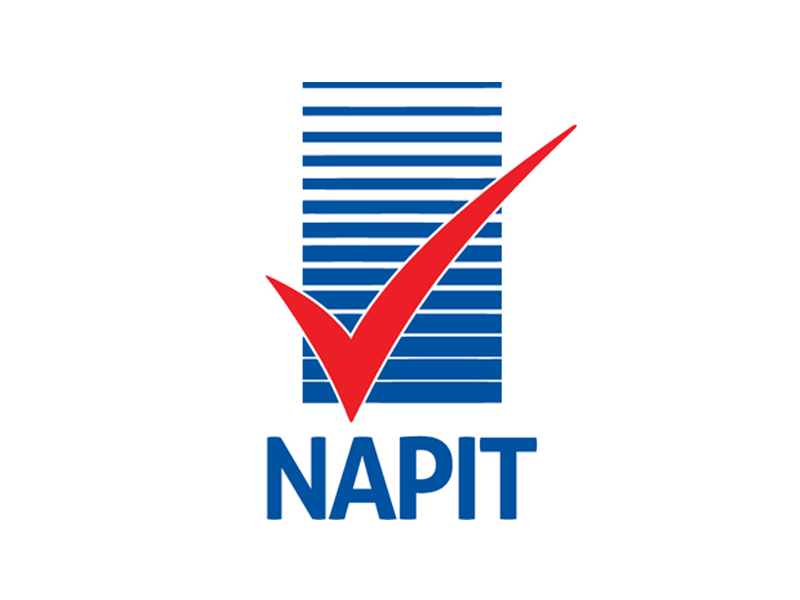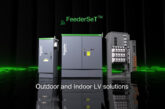
NAPIT’s Technical Manager, Trevor Milner, discusses downstream positions of protective devices for fault protection.
Regulation 434.2 describes how fault protection may be achieved utilising downstream devices, stating: ‘A device providing protection against fault current shall be installed at the point where a reduction in the cross-sectional area or other change causes a reduction in the current-carrying capacity of the conductors, except where Regulation 434.2.1, 434.2.2 or 434.3 applies.’
Reducing the risk
The three conditions laid out in Regulation 434.2.1 are intended to reduce the risk of a fault occurring and, if a fault should occur, the risk of fire and danger to persons or property. The following measures are envisaged:
1. The use of conductor lengths which are as short as possible (3 m max).
2. Installation methods to reduce the risk of fault, such as an enclosure, containment or cable type.
3. Reduce the danger to persons or the risk of fire.
The intention is to reduce the risks of faults greater than the withstand of the conductors, locating or enclosing the conductors so that, in the event of a fault, risk of fire or danger to persons or property by the emission of flame, arcs or hot particles is prevented as far as is reasonably practicable.
Where metallic enclosures or barriers are used, they must be connected to the circuit protective conductor.
Supplies between the main switch, busbar and the switch fuses where the conductors between the busbar chamber and the switch fuses are not of sufficient current carrying capacity to meet the current rating of the busbar, are a common example of this arrangement.
Insufficient room
As such, there is a situation where the busbar and connections made to switch fuses may not have sufficient room for the installation of a suitable overcurrent protective device.
In Fig 1 the busbar and associated switchgear, the containment of the conductors has maintained the integrity with regards to protection against entry of foreign substances, Compliance with Chapter 41, Protection against Shock, and Chapter 42, Protection against Thermal Effects must be maintained.
BS EN 60439-1 Specification for type-tested and partially type-tested assemblies, requires that the manufacturer shall specify in their documents or catalogues the conditions, if any, for the installation, operation and maintenance of the assembly and the equipment contained therein.
Where necessary, the aforementioned documents shall indicate the recommended extent and frequency of maintenance.
If the designation and installation is not clearly indicated due to the nature on the containment of the conductors’ provision of equipment, circuit and connections shall be supplied in the form of wiring diagrams of circuit descriptions.
For more information on NAPIT scheme registration click here









